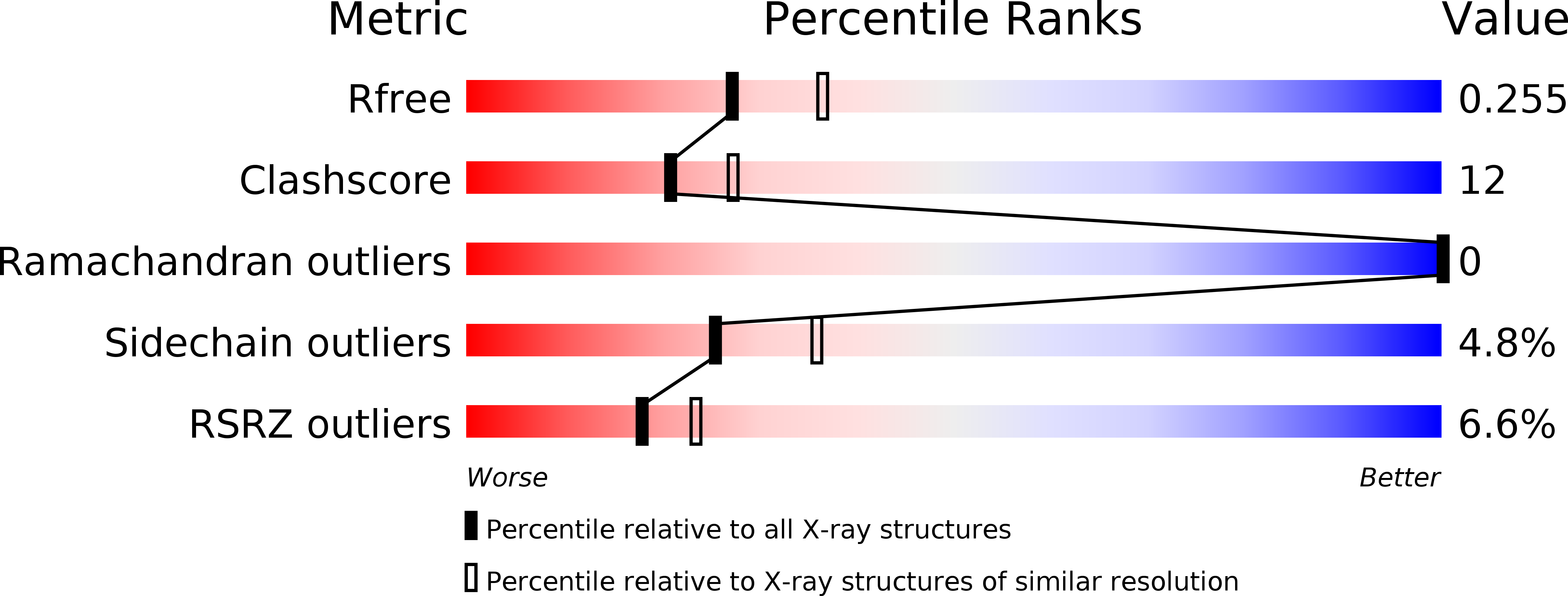
Deposition Date
2011-01-17
Release Date
2012-05-30
Last Version Date
2024-11-27
Method Details:
Experimental Method:
Resolution:
2.30 Å
R-Value Free:
0.24
R-Value Work:
0.19
Space Group:
P 21 21 2


